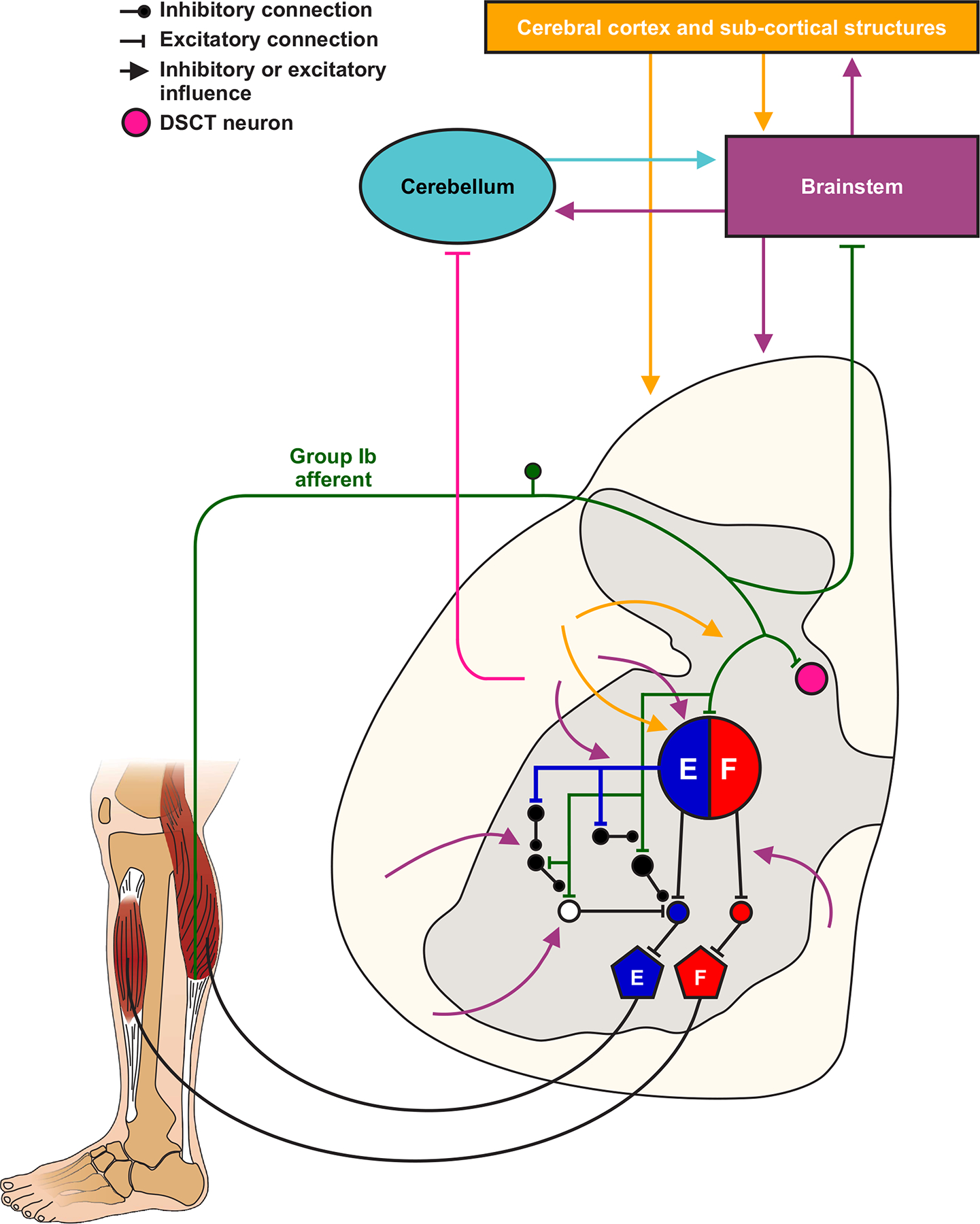Figure 12. Modulation of somatosensory feedback and its interactions with central locomotor networks.

The figure shows potential mechanisms and interactions modulating inputs from a group Ib afferent from an ankle extensor. Upon entering the spinal cord, the Ib afferent makes synaptic contacts with neurons of the dorsal spinocerebellar tract (DSCT), the spinal locomotor CPG, represented as extensor and flexor half-centers, as well as inhibitory and excitatory last-order interneurons that project to ankle extensor motoneurons. The Ib afferent also ascends to brainstem nuclei that transmit the information to the cerebellum, thalamus and cerebral cortex. At rest, the disynaptic inhibitory pathway is open and the excitatory pathway is inhibited. During locomotion, the spinal CPG inhibits the inhibitory pathway and releases the excitatory pathway from inhibition through disinhibition. At the same time, various supraspinal structures interact dynamically with each other and with spinal circuits, such as the spinal CPG and local reflex circuits.
